Swiss Alps painter gets his own museum
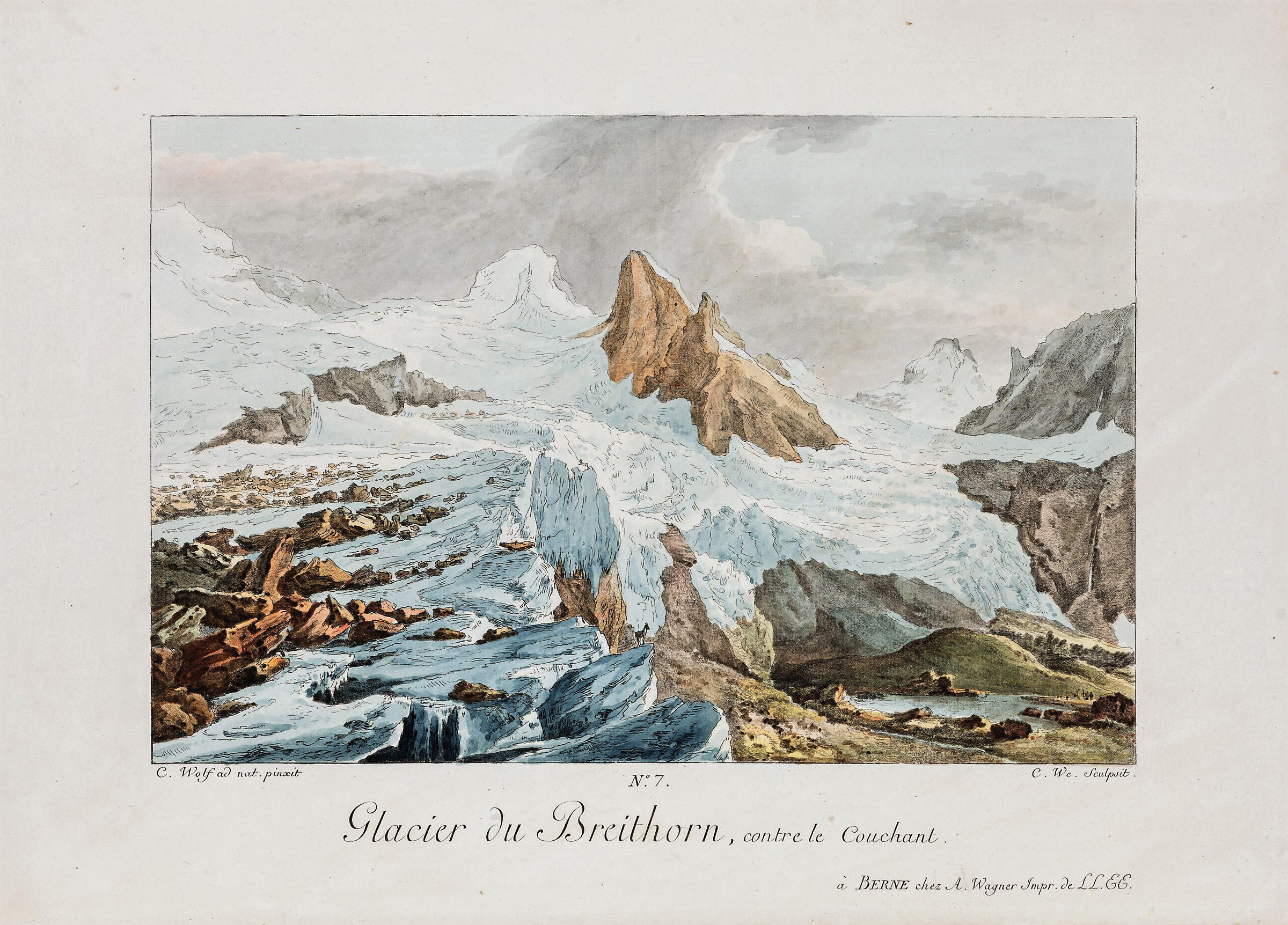
Initially, his Alpine landscapes spurred on tourism. Then they helped glaciologists document climate change. Now the works of Swiss artist Caspar Wolf have a permanent home in a museum named after him.
Born in Aargau in northern Switzerland, Caspar Wolf (1735-1783) got his artistic start doing decorative painting at the monastery in Muri, including dozens of miniatures on a trunk now displayed in the converted monastery building.
“He worked here for a decade, and probably got a bit bored,” says curator Peter Fischer.External link Wolf ventured to Paris to work with Philip James de Loutherbourg, a star of the French art scene. “That’s where he learned open-air painting — essential for landscapes.” When he returned to Switzerland, he further developed his landscape technique, and examples are now on view in Muri.
“This must be how Abraham Wagner discovered him,” says Fischer, referring to the Bernese publisher who commissioned Wolf to provide 150-200 paintings to help illustrate a guide to the Swiss mountains. Between 1773 and 1777, Wolf made several trips into the high mountains in the company of writers and researchers.
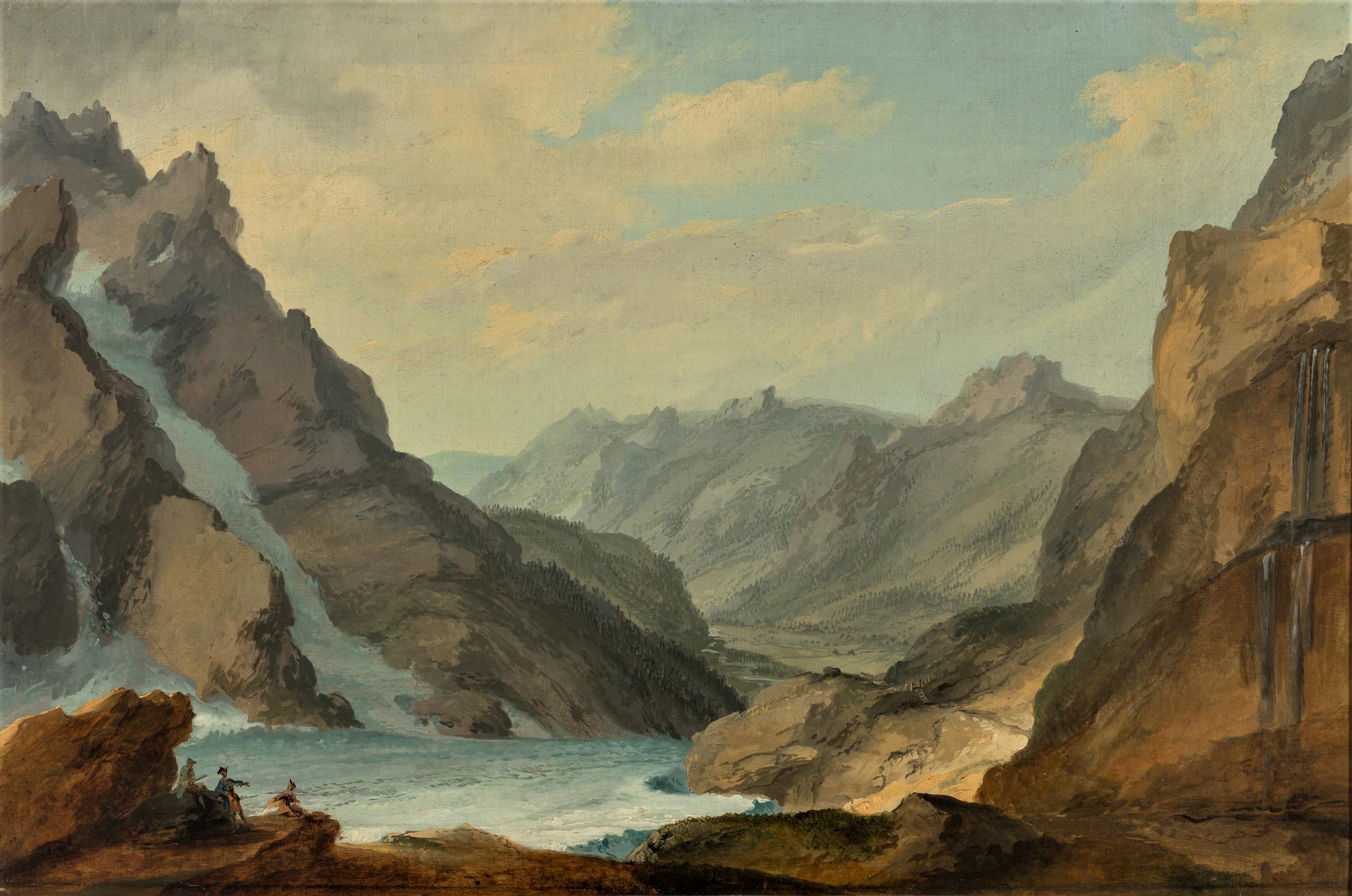
Wolf’s paintings were used to create copper plate illustrations for books written by Jakob Samuel Wyttenbach. With limited success, Wagner took the original oils on tour — promoting the books while charging admission. The museum’s most striking room features a wall full of Wolf’s Alpine landscapes, plus an interactive map where visitors can tap for images of his other works based on subject location.
“It’s remarkable to think that an uneducated boy from the provinces found himself in the middle of the Enlightenment circle,” says Fischer, pointing out how Swiss scholar Albrecht von HallerExternal link added a note to his poem ‘Die Alpen’ (The Alps) mentioning Wolf’s talent for capturing the mountains on canvas. But Wolf never really thrived either professionally or physically. Suffering from kidney problems, he spent his later years in Germany painting on commission. He died there aged 48, but his estranged wife didn’t get the message for two years.
Over the past few years there has been renewed interest in the artist, especially within the cultural societyExternal link of Muri, his hometown. This gallery shows the museum being set up under Fischer’s supervision.
A glacier-painting superstar
In Wolf’s time, the Alps and especially their glaciers were becoming a tourist attraction. Today, Wolf is considered a pioneer of Alpine landscape painting.
“Wolf was lucky that his publisher wanted a view of the Alps, and lucky that the Grindelwald glacier was advancing then as part of the Little Ice Age,” remarks Heinz Zumbühl, professor emeritus at the University of Bern’s Institute of GeographyExternal link.
“He’s really the superstar of glacier and landscape painting! He was the best painter of our mountains at that time,” says Zumbühl, who has used the work of several artists as research aids. From personal experience, he recalls that the upper and lower Grindelwald glaciers were still icy until the 1980s. “The melt has been extremely dramatic since 2000. Because of the glaciers you can see climate change especially well.”
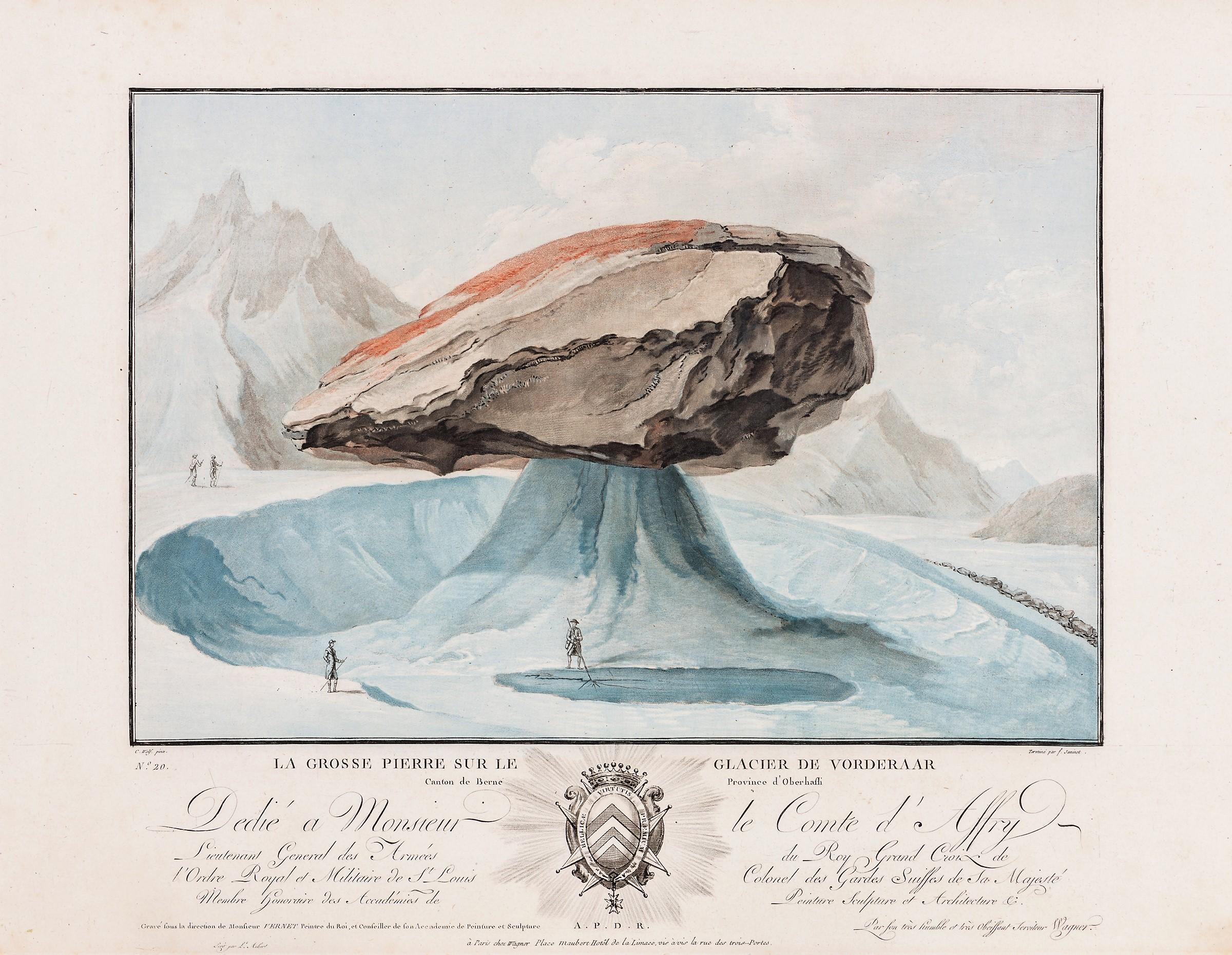
Fischer agrees. “We can’t look at Wolf’s glacier paintings without thinking of global warming.” The new museum gives visitors a chance to look at the “heroic alpine landscape of our country as it presented itself 250 years ago, and become aware of the differences”.
These differences, perhaps unimaginable to Wolf, worry Zumbühl. “The landscape is now getting ugly. It’s going to be a problem. The glaciers won’t be here much longer, not in Switzerland.”
Museum Caspar WolfExternal link opens on April 6 on the grounds of the former monastery in Muri, near Zurich.

In compliance with the JTI standards
More: SWI swissinfo.ch certified by the Journalism Trust Initiative
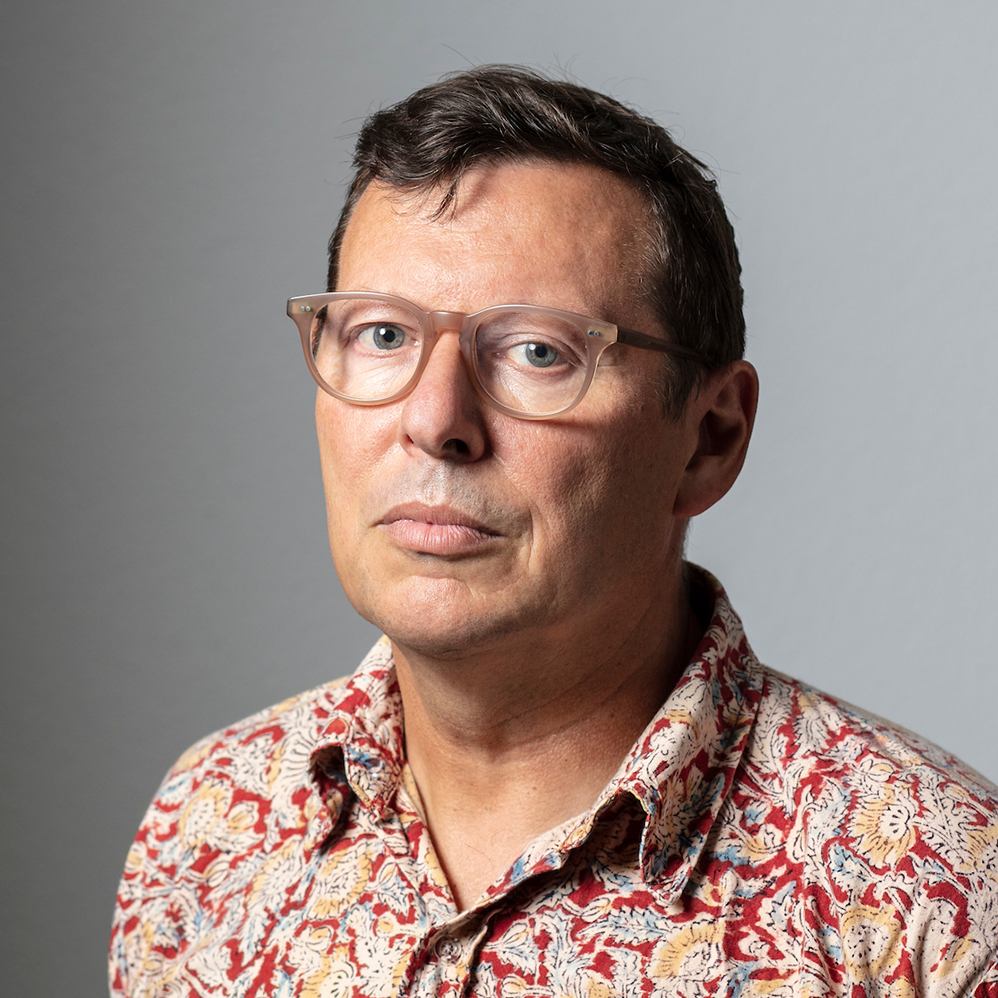

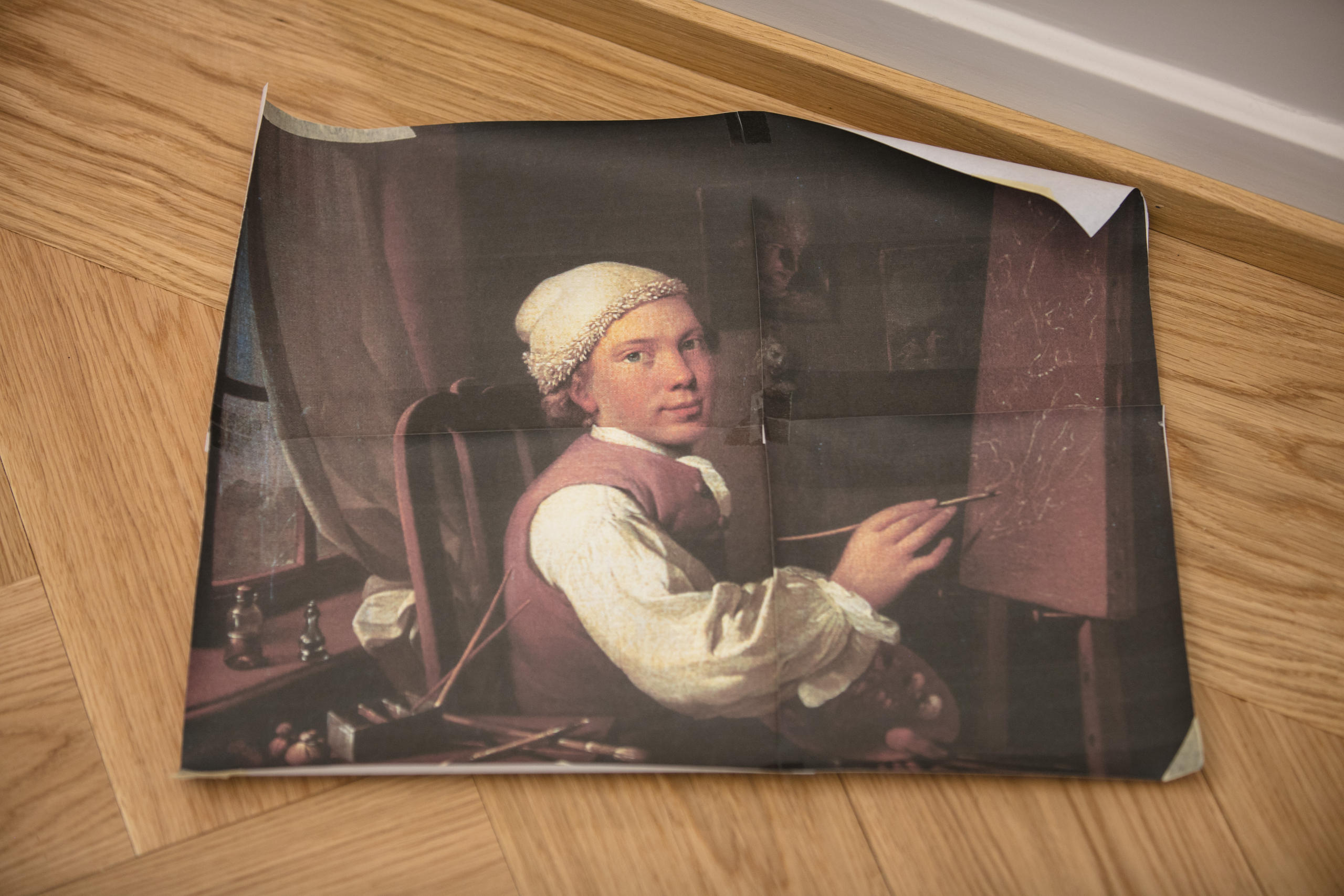
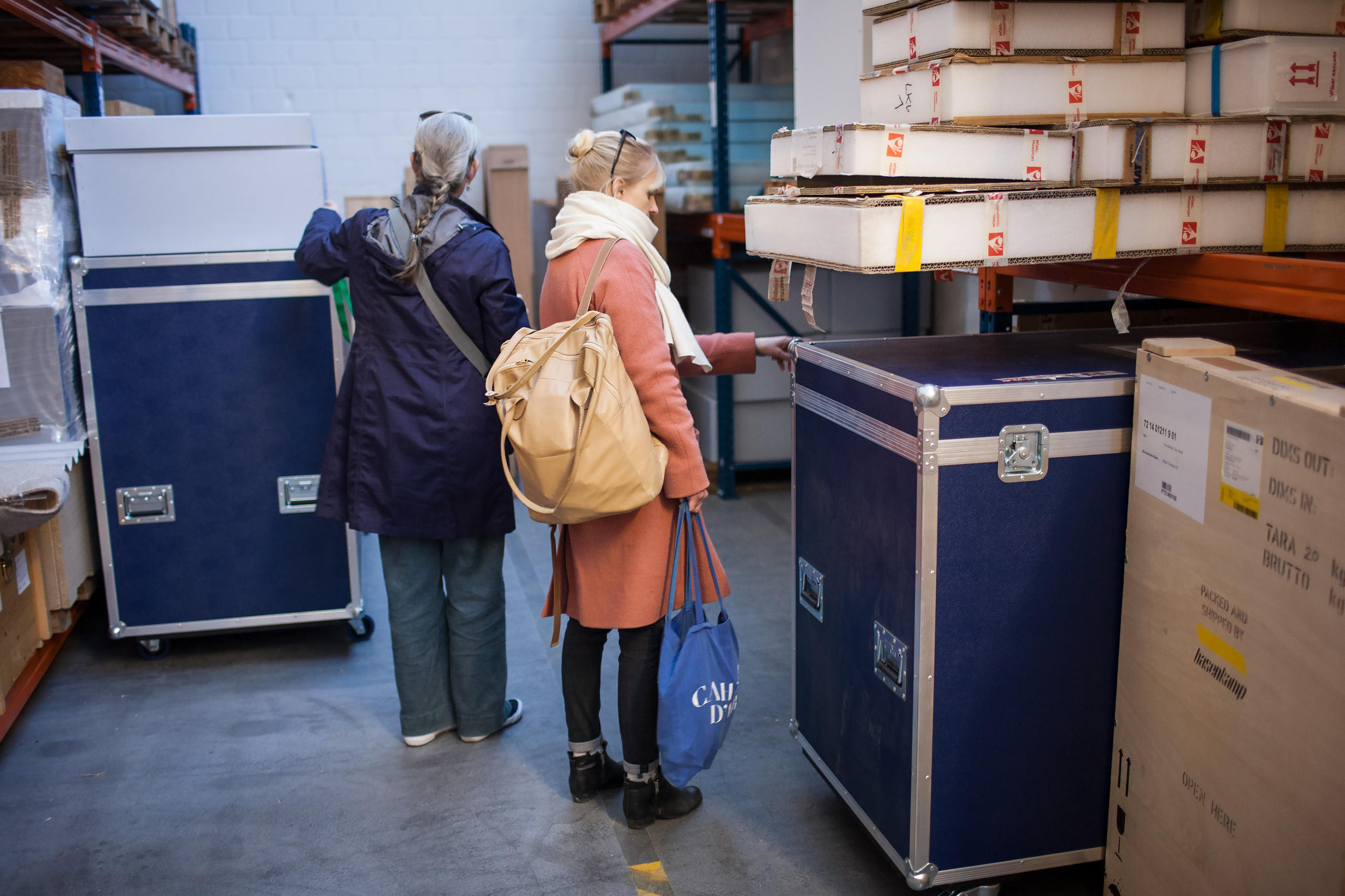
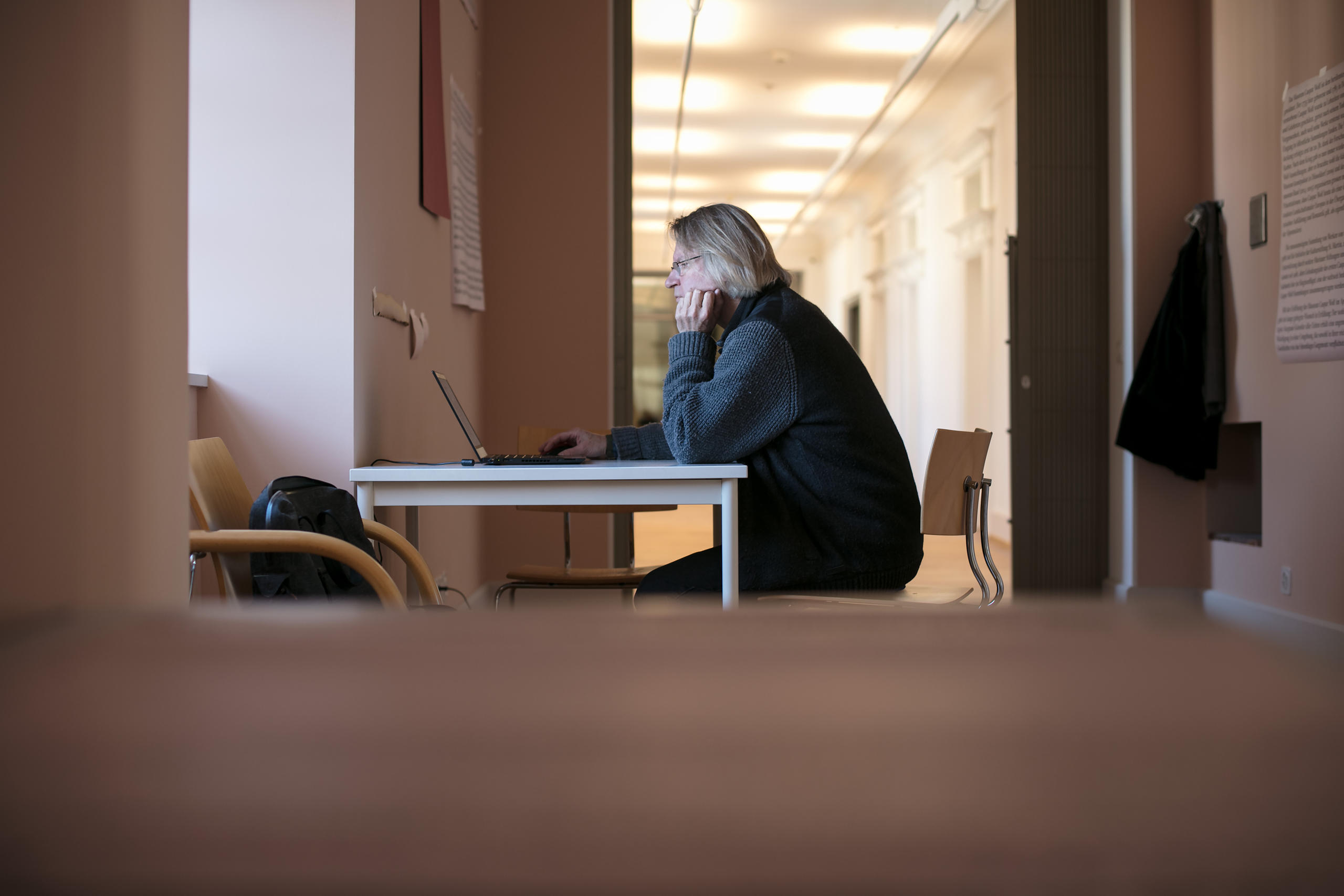
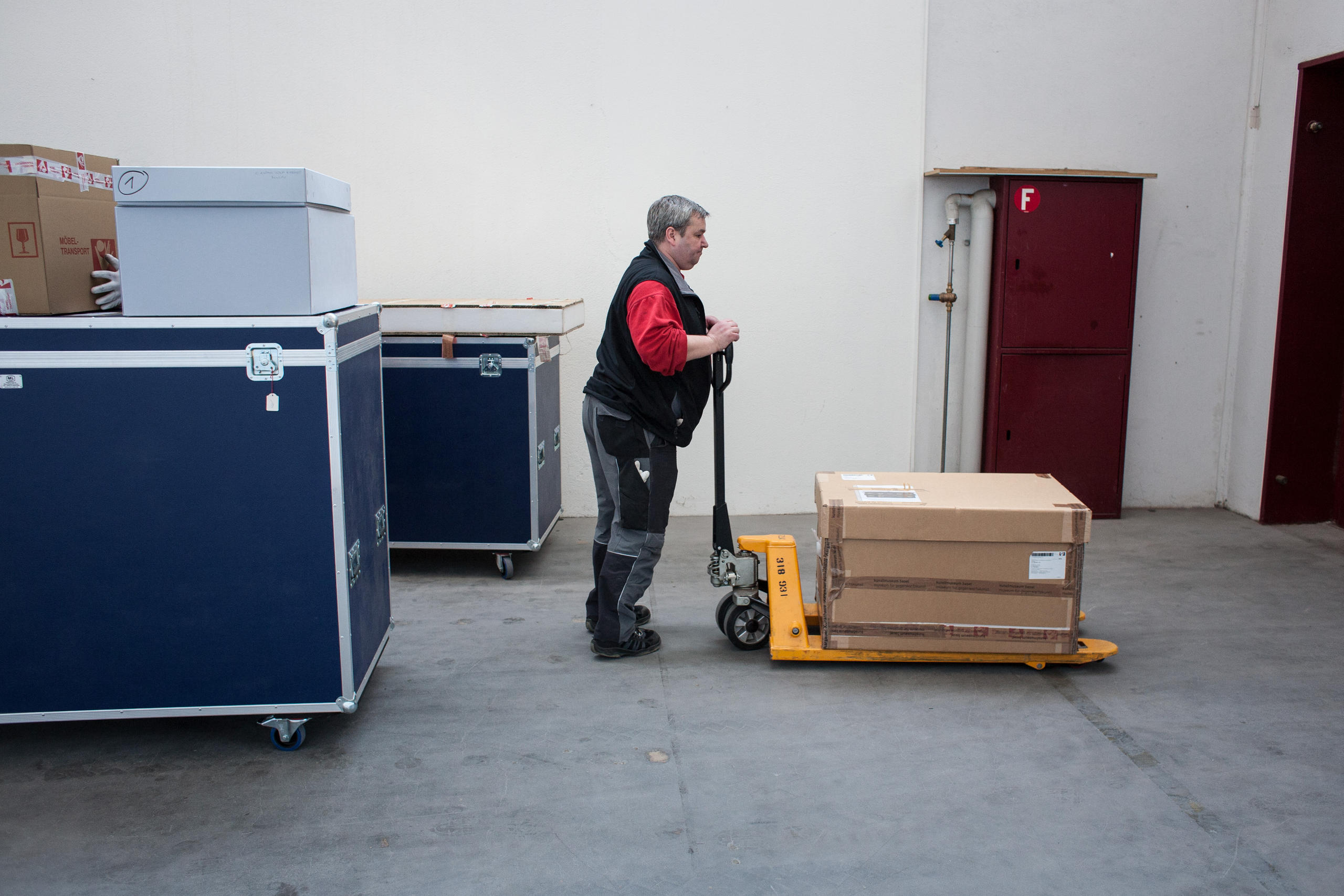

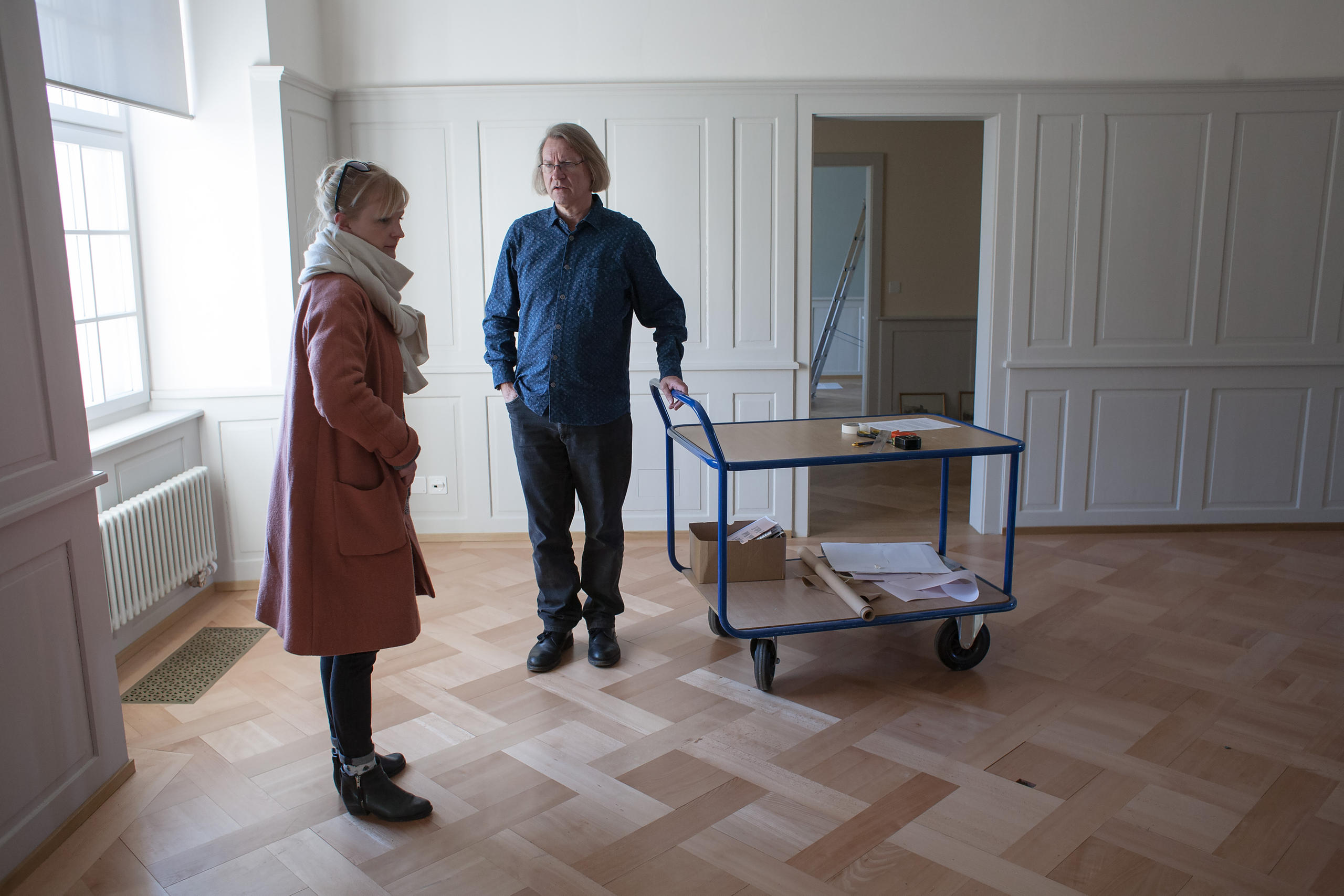


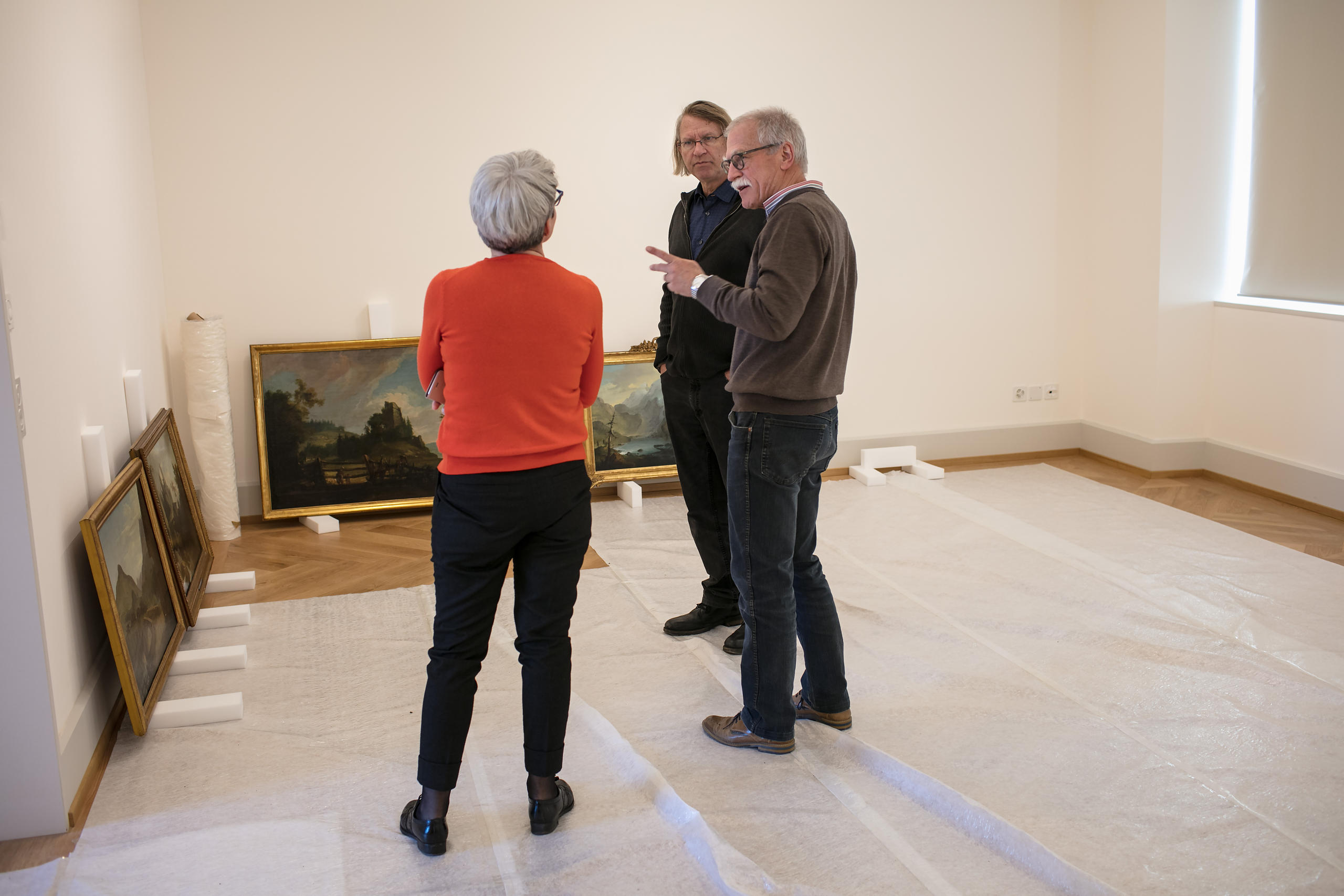
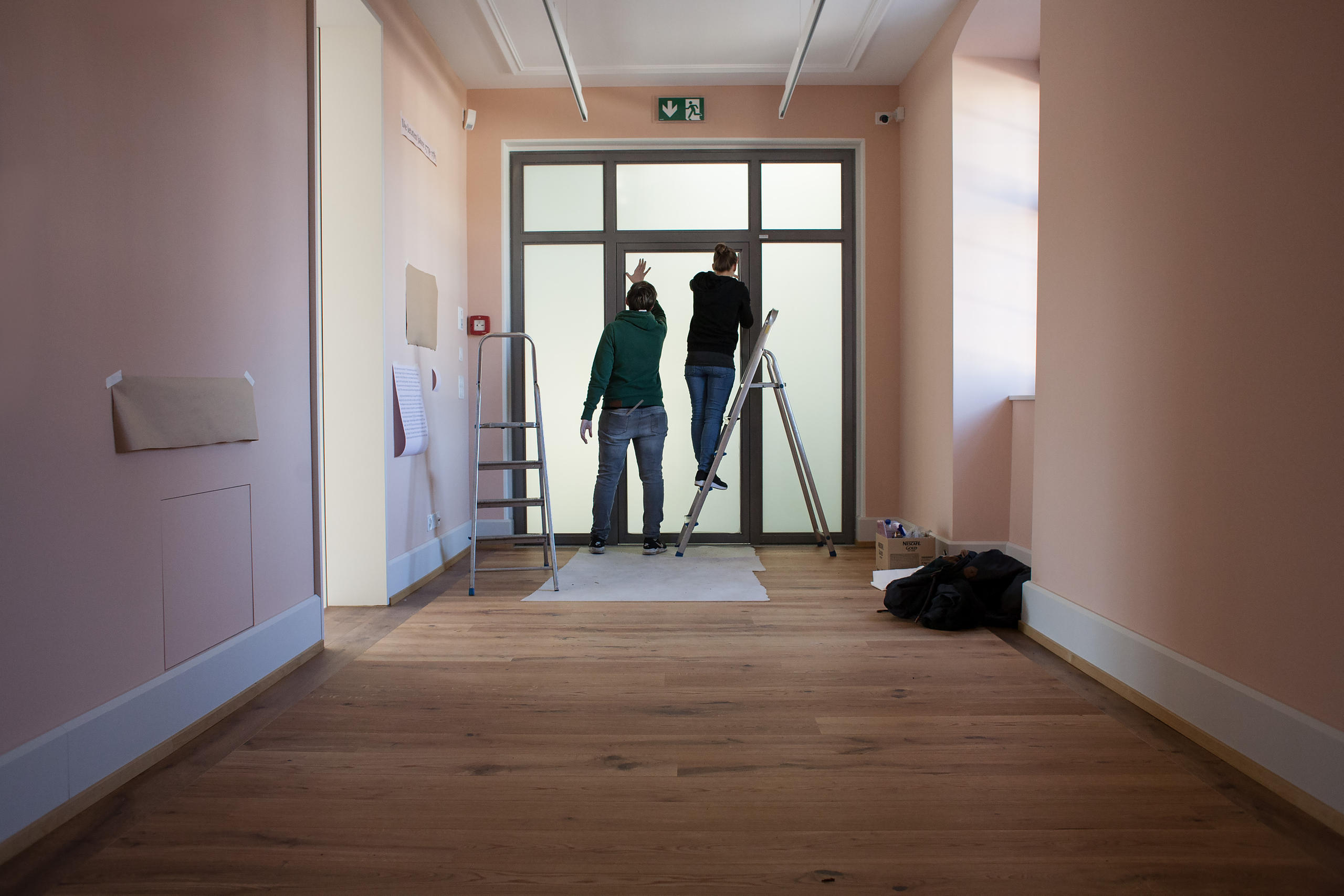
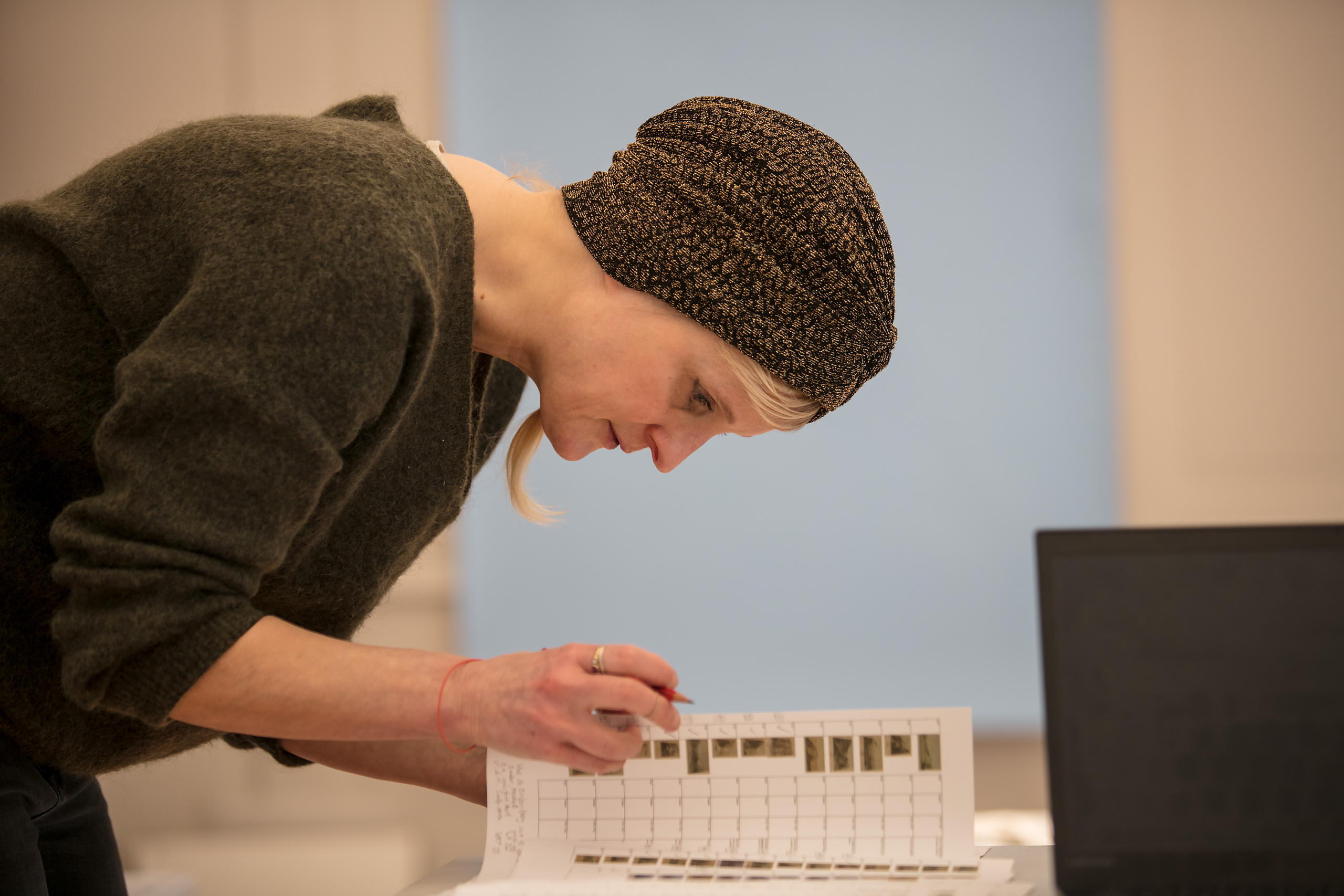

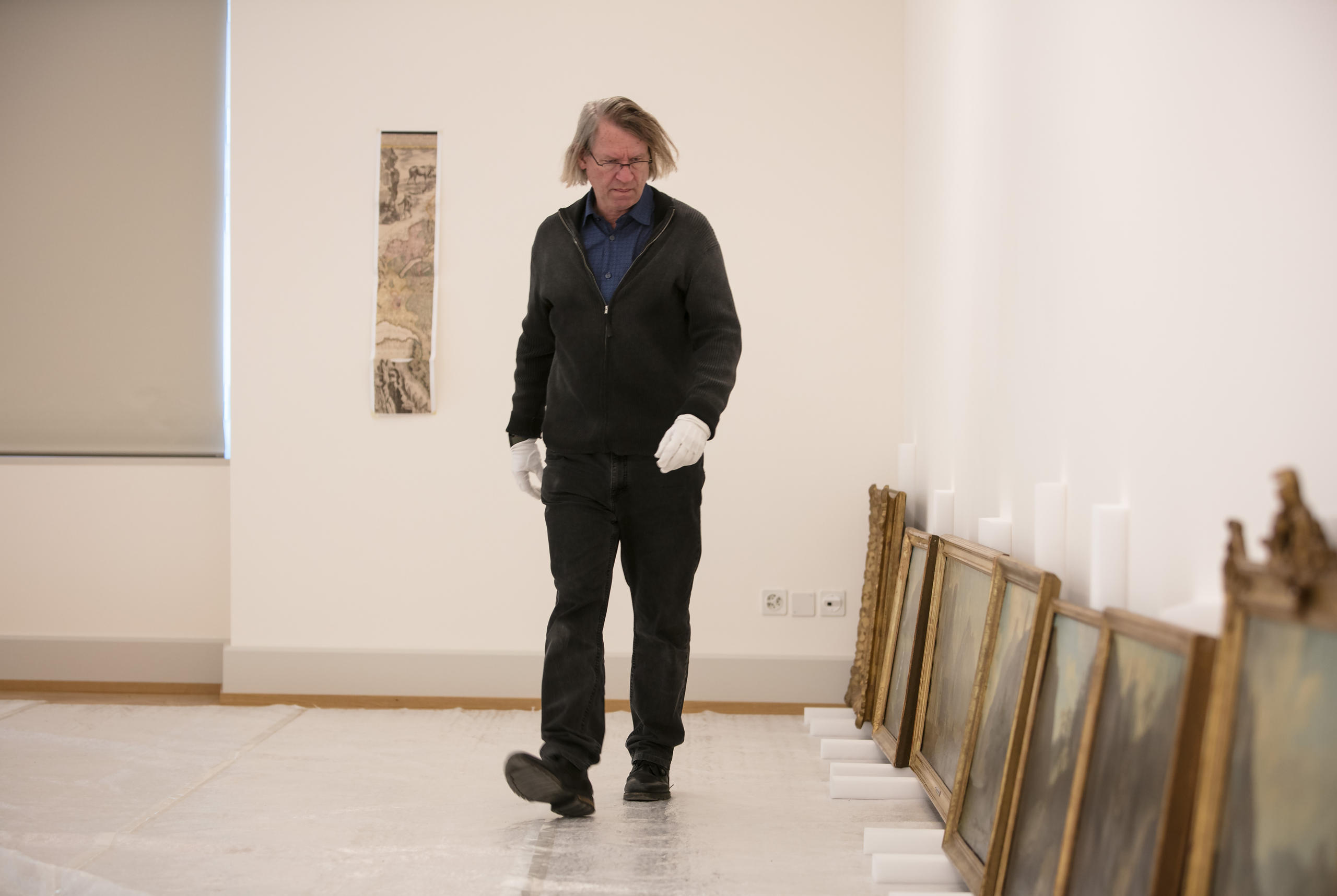
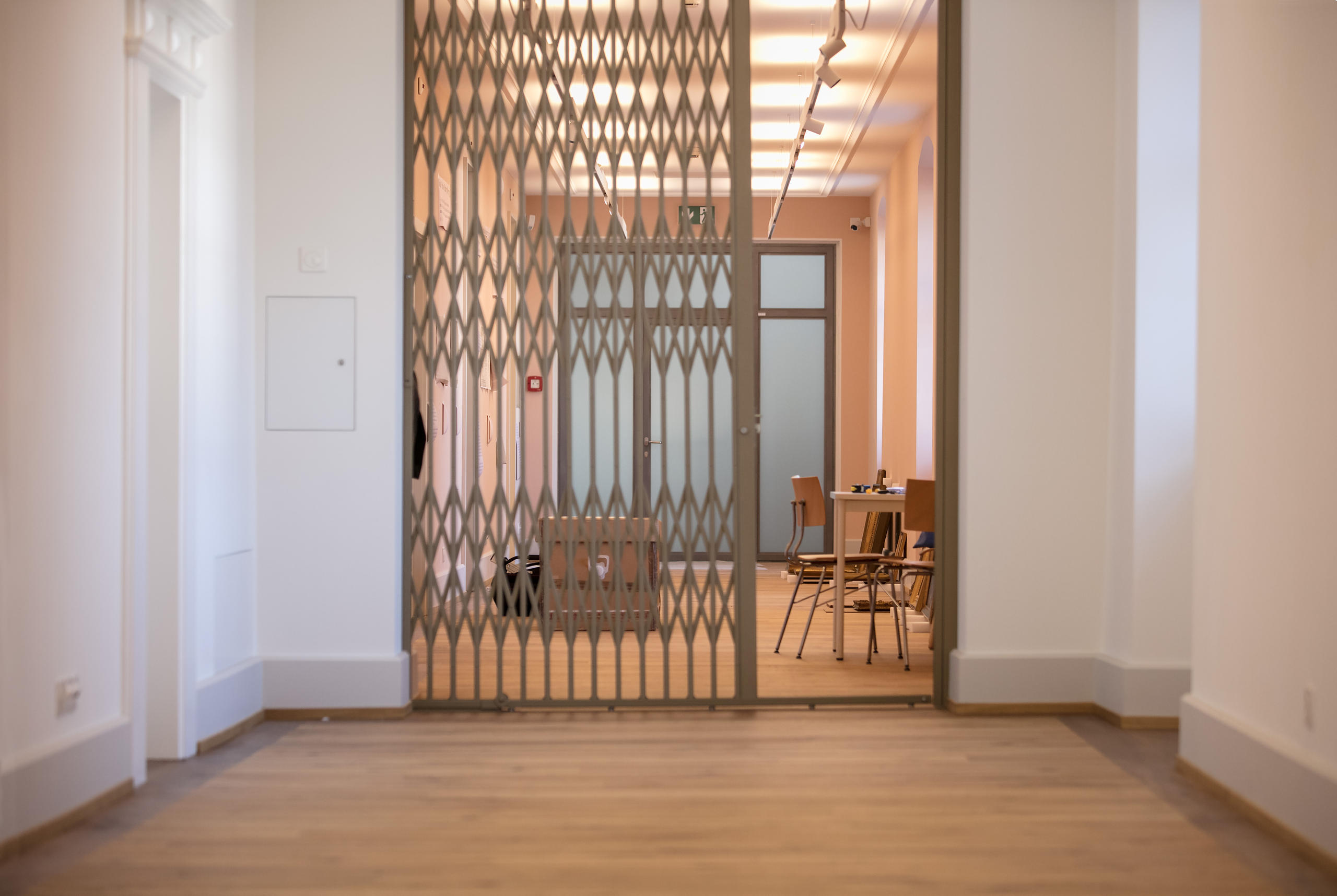


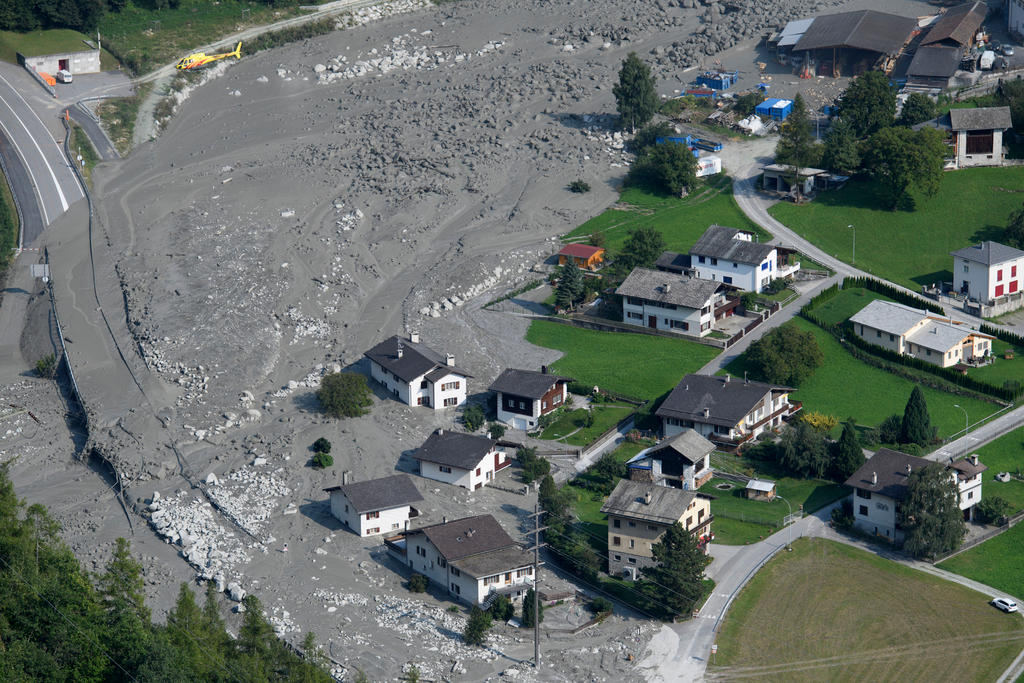


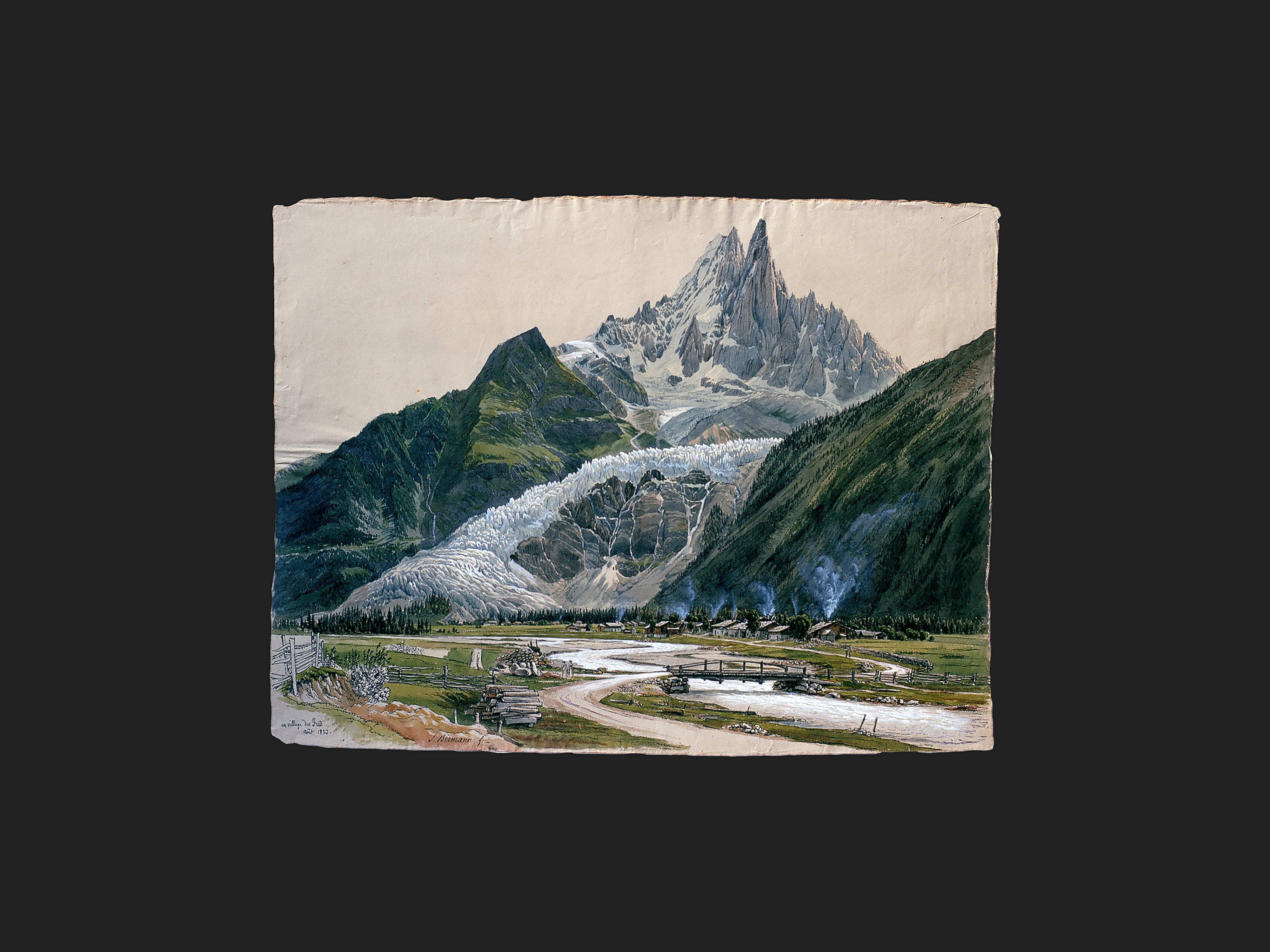
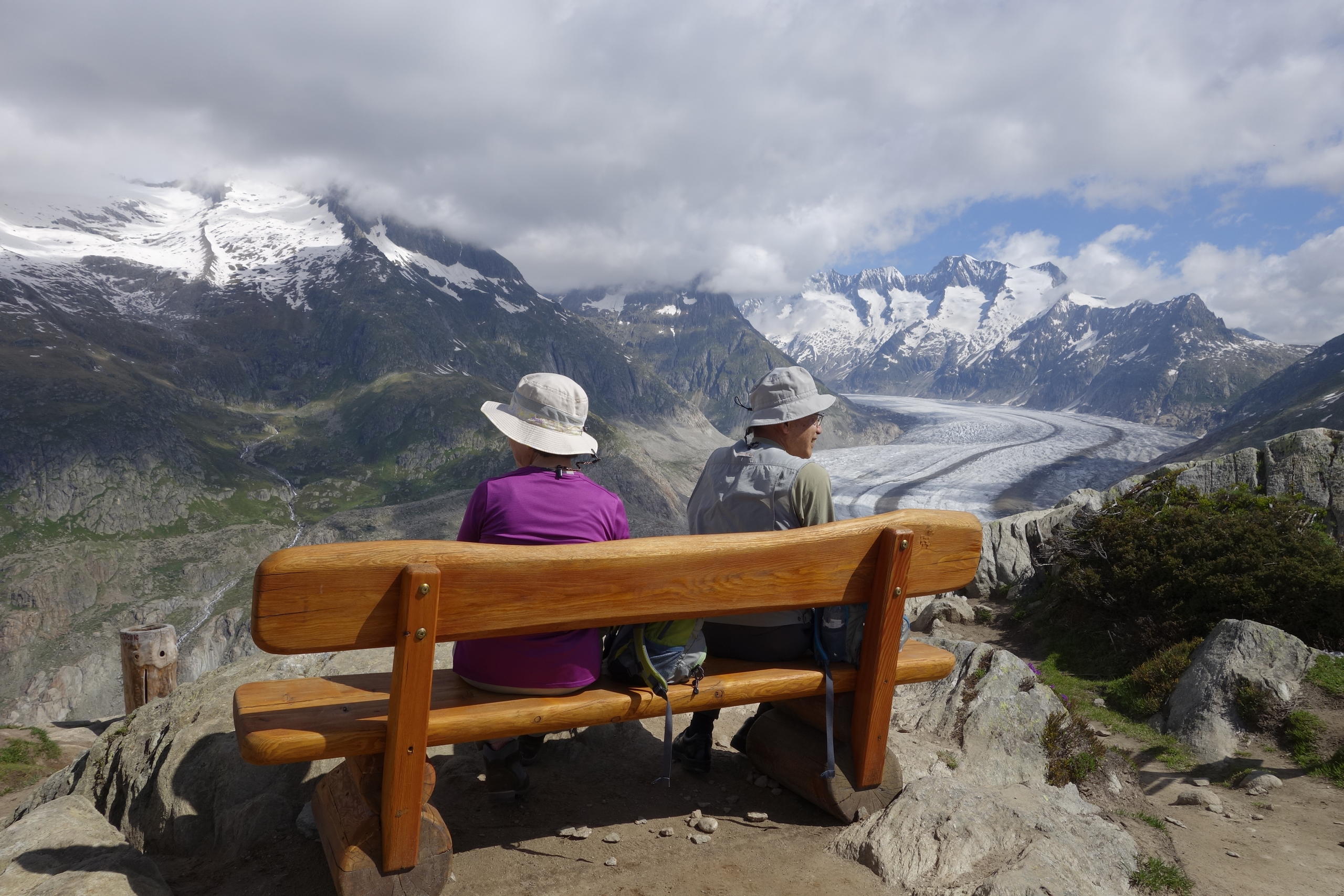

You can find an overview of ongoing debates with our journalists here . Please join us!
If you want to start a conversation about a topic raised in this article or want to report factual errors, email us at english@swissinfo.ch.